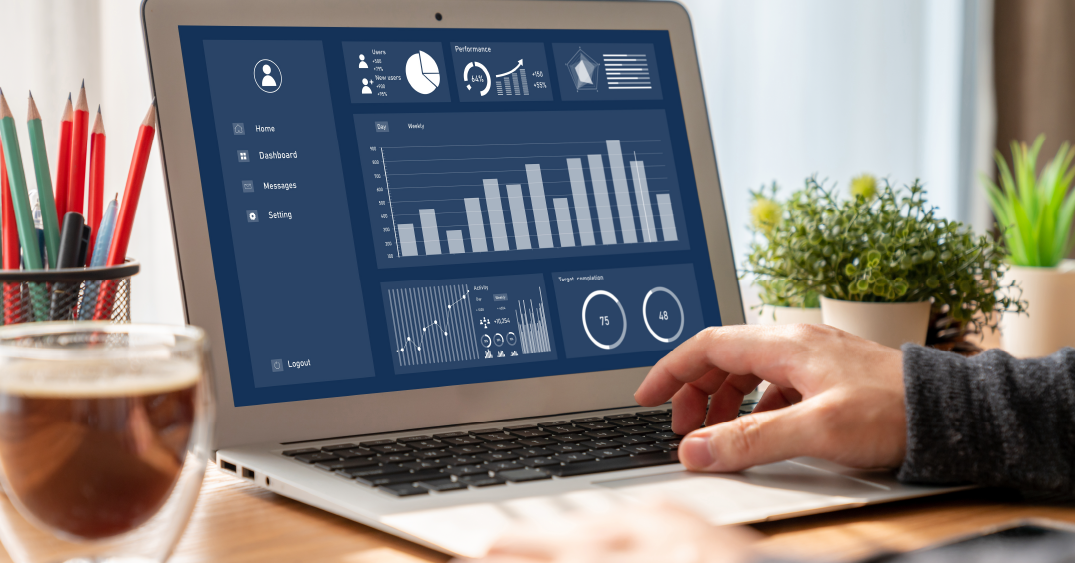
Knowledge Base
Getting Started with Microsoft Data Analytics
A guide to becoming a Data Analyst
In today's data-driven world, businesses need effective data analysis more than ever to make informed decisions. This guide will explore the role of a data analyst, detailing the skills, tasks, and processes essential for transforming raw data into actionable insights for informed business decisions. Using tools like Microsoft Power BI, data analysts are empowered to craft compelling narratives through reports and dashboards, demonstrating the indispensable role of true Business Intelligence (BI) within an enterprise.
This educational journey also serves as a pathway to achieving the Microsoft Certified: Data Analyst Associate certification, further enhancing your data analytical skills.
The Role and Journey of a Data Analyst
Data analysts navigate a sea of information generated daily within organisations, ranging from transactional data in traditional databases to telemetry data from various services and social media interactions. Modern retail businesses, for example, accumulate vast amounts of data tracking customer activities—what items they browsed, what they purchased, and their behaviour on the business's website.
For a business, data is a strategic asset that, if properly utilised, can significantly influence the organisation's dynamics, from inventory management to fraud prevention. Analysts look at different data segments, such as daily or monthly sales patterns, to draw comparisons and insights that were not apparent before.
The Importance of Storytelling with Data
The ability to narrate a story through data is what enables business leaders to execute data-driven decisions swiftly, maintaining a competitive edge in the fast-paced market. Effective storytelling with data involves more than just presenting facts; it requires an understanding of the nuances behind the data, enabling businesses to respond to dynamic market conditions and internal needs promptly.
However, having data is not sufficient. The real challenge lies in interpreting this data correctly and making it actionable. This might involve reallocating resources to meet emerging business needs or identifying and rectifying faltering campaigns.
Building a Data Culture
Creating a data-driven culture within an organisation is about more than just analysis. It involves ensuring that the right people can access and interpret the data stories being told. Data analysts need to work closely with data experts, such as data engineers and data scientists, to access and utilise the data effectively.
This partnership is crucial in crafting a narrative that not only informs but also engages decision-makers and stakeholders, ensuring that the insights provided are both actionable and impactful.
Data Analysis Overview
Data analysis transforms raw data into a polished story suitable for business strategies. It involves several stages:
- Descriptive Analytics: This foundational form summarises historical data to describe what has happened. This might involve creating reports that provide insights into sales and financials.
- Diagnostic Analytics: This form delves deeper, using the data described to understand why certain events occurred.
- Predictive Analytics: By identifying trends from historical data, this analytics form forecasts future occurrences, aiding in proactive decision-making.
- Prescriptive Analytics: This advanced form uses insights to recommend actions that guide towards achieving business goals.
- Cognitive Analytics: Leveraging machine learning and AI, this analytics form draws inferences from existing data, enhancing the decision-making process with a nuanced understanding of data patterns.
Engaging with Data
The role of a data analyst does not end with analysis. It extends into managing how data is visualized and shared within the organization. With tools like Microsoft Power BI, data analysts are equipped to:
- Design and manage reports and dashboards.
- Ensure the security and integrity of data.
- Facilitate the distribution of analytical insights across the organisation, ensuring that all stakeholders can make informed decisions.
In conclusion, stepping into data analytics with Microsoft tools involves a comprehensive understanding of how to gather, analyse, and utilise data effectively. By following this learning path, you'll be well-equipped to transform vast data sets into coherent, actionable narratives that drive business success.